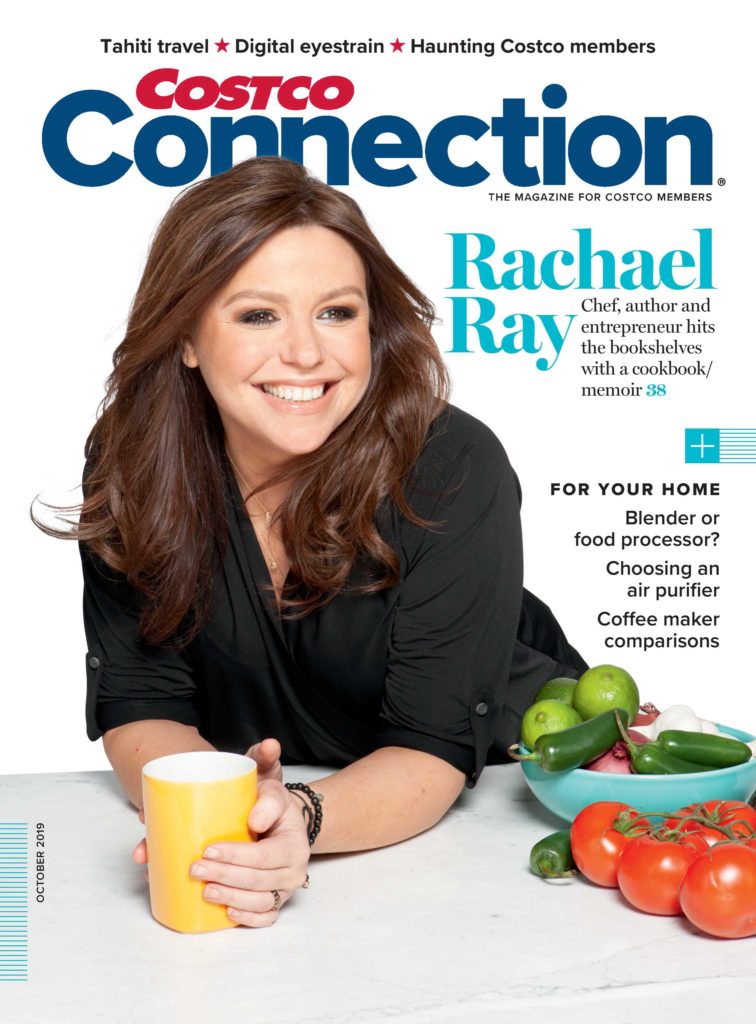 When was the last time you truly enjoyed scrolling through page after page of search results on Amazon? Settling into your favorite chair to just explore and see what comes next?
When was the last time you truly enjoyed scrolling through page after page of search results on Amazon? Settling into your favorite chair to just explore and see what comes next?
If you’re like most consumers, probably never, really. Search for products online is more like a task-oriented scavenger hunt to find the thing that best matches your keywords, “lost in the noise of digital advertising.” A catalog, on the other hand, is a journey in itself, an inspiring experience that opens up new ideas in a tactile way that our brains relish.
Recent news from IKEA that they are doing away with their catalog after 70 years is going to break a lot of hearts; they were a prime example of catalogers who “get it” and turned paper and ink into a journey of possibilities. (And their wickedly good catalog marketing campaigns ensured robust buzz about it.)
It’s a mistake, no doubt. Given the resurgence of catalogs during the pandemic lockdowns, marketers have no doubt that catalogs serve a critical function in the retail and e-commerce experience.
So what makes a good catalog in 2021? According to this article from Port Hawkesbury, the experience is the most critical element.
“One of the biggest selling points of catalogs is that they provide a tactile experience for consumers,” the article notes. “Unlike the frenetic click-click-click of online shopping, catalog readers tend to slow down and savor the moment. The time spent viewing a catalog is around 15.5 minutes, and they have a shelf life of several weeks. On the other hand, an email is only scanned for about an average of 13.4 seconds before it’s forgotten in the recesses of our inboxes or sent to the trash bins forever.”
With the extended longevity of a print catalog, it’s no wonder they work so well to bump up sales.
Of course, catalogs in 2021 don’t look like the old doorstops of years ago. Successful catalogers understand the need to develop a theme rather than a product listing and build in engagement … like Amazon’s toy catalog and the stickers kids got to use to mark their wishes. Other companies are embracing a hybrid approach, as the Port Hawkesbury article notes.
“Magazine-catalog hybrids or magalogs have proven to be boons for brands like Costco,” the article notes. “Their Costco Connection publication aimed at Executive level members holds down double duty. It provides content with recipes, information, and articles relating back to Costco products and services but also gives the company a valuable selling tool to a warmly invested audience.”
Fresh design approaches make any catalog look more like a magazine than a product grid, and of course there are many ways to tie it in to your digital sales path.
“Build onto your digital marketing efforts by including QR codes and augmented reality (AR) elements into your catalog,” the article continues. “Drive customers to special landing pages and promotions with QR codes or create your own interactive content with augmented reality. From fashion to beauty to home improvement and furnishings, there are dozens of creative ways that retailers are incorporating AR into their marketing.”
However you approach your catalog, keep in mind that ROI is generally strong for the modern catalog; we all long for more “real” in our digital-heavy lives and a catalog fills that need. As we rethink what’s next in our world and our own businesses, think catalog. Your customers are waiting for something tangible and real.
